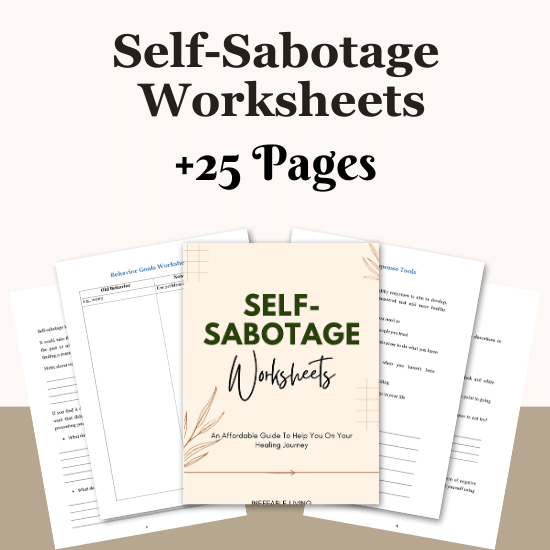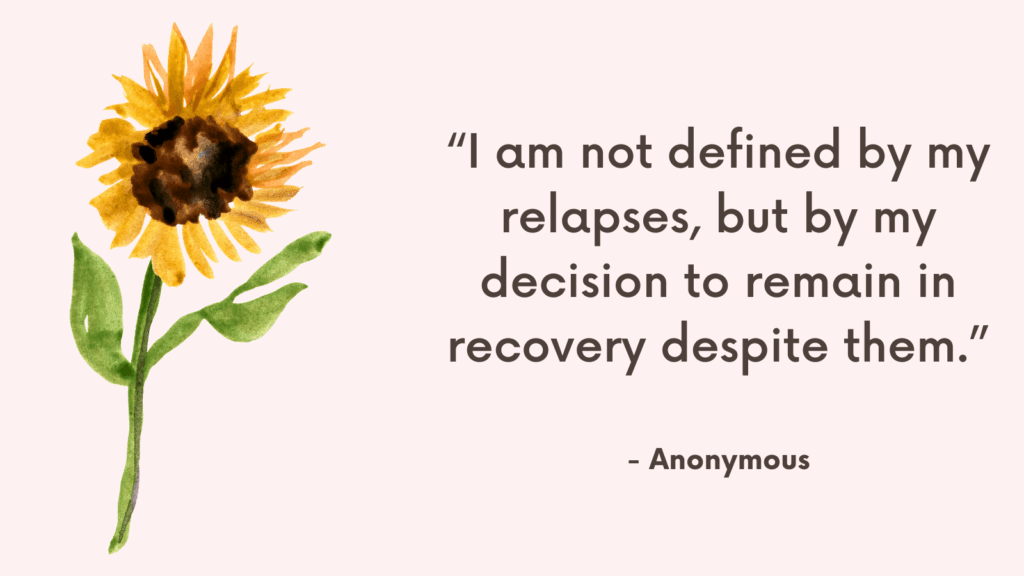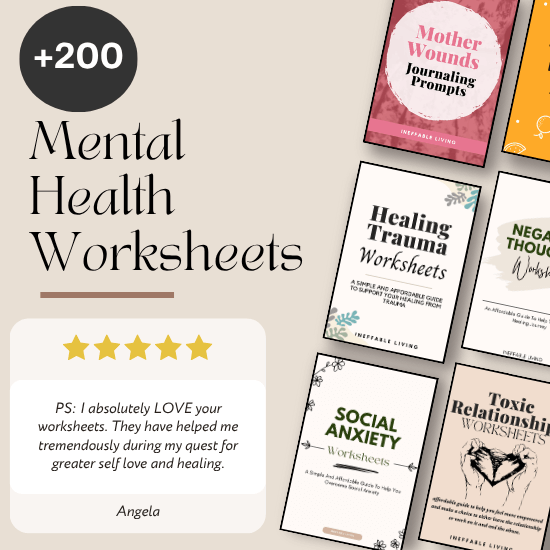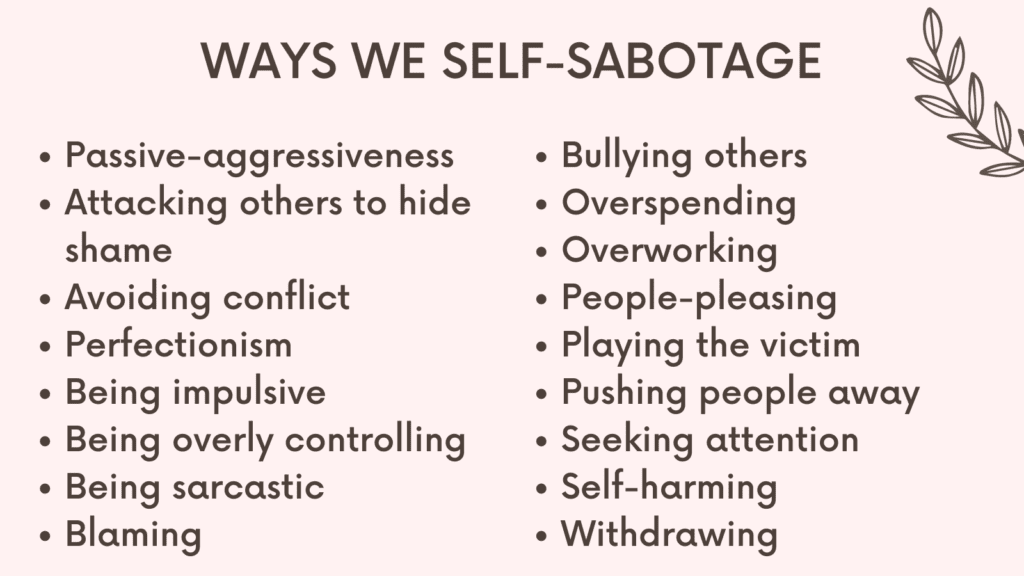There’s a part of you that wants to grow — to show up, speak up, start, finish, heal. And then there’s another part that holds you back. It talks you out of trying, convinces you you’ll fail, or sabotages your progress the moment things start going well.
That second voice isn’t evil — it’s protective. It’s the version of you that learned to survive by staying small, safe, or silent. But you’ve outgrown that strategy. And now it’s time to do something powerful: set boundaries with your sabotaging self.
Not by fighting it. Not by shaming it. But by letting it know it no longer gets to run the show.
What It Means to Set Boundaries With Your Sabotaging Self
It Doesn’t Mean Ignoring the Fear
Your sabotaging self usually acts out of fear. So setting boundaries doesn’t mean denying that fear or silencing it with force. It means recognizing the fear without obeying it.
You say: “I see you. I know why you’re scared. But you don’t get to decide what happens next.”
It Means Separating Protection From Progress
This part of you may think it’s protecting you — from failure, rejection, embarrassment. But you’re no longer in danger just because you’re visible or vulnerable. Setting a boundary means reminding yourself:
“I don’t need to stay small to stay safe.”
It Means Reclaiming Your Power of Choice
The sabotaging self often acts without permission — a reflex, a shutdown, a spiral. Boundaries help you pause and choose differently. They say:
“I don’t follow that voice anymore. I choose my growth, even if it’s uncomfortable.”
Related: Best 7 Self Sabotage Books
It Means Creating Emotional Limits With Compassion
Instead of letting that part dominate your inner world, you define its limits.
It can speak, but it can’t decide.
It can exist, but it doesn’t lead.
You’re not rejecting it — you’re reparenting it.
It Means Showing Up for the Version of You Who Wants More
When you set boundaries with your sabotaging self, you make space for the version of you who wants to finish the project, try something new, set the boundary, ask for help, or believe in your own potential.
You’re saying:
“I know who I used to be. But I’m showing up for who I’m becoming.”
In Practice, It Sounds Like
- “I’m not letting fear make this decision.”
- “I can rest without quitting.”
- “I’m allowed to keep going, even if I feel unsure.”
- “I hear the voice that wants to sabotage — but I’m not following it.”
Related: Best 21 Self Sabotage Journal Prompts
How to Set Boundaries With Your Sabotaging Self?
1. Name the Sabotaging Voice When It Shows Up
Start by noticing when you’re in self-sabotage mode. Is it when you procrastinate? Reject compliments? Avoid taking a risk? Shrink in relationships?
Instead of identifying with it — “I always ruin everything” — name it as a part of you.
Say: “This is the voice that’s scared. This isn’t all of me.”
Naming creates space. Space creates choice.
2. Set a Boundary Around What It’s Allowed to Decide
That inner voice may still speak — but it doesn’t get to drive the car. You can say to yourself:
“You can be afraid. You can protest. But you don’t get to stop me from growing anymore.”
This is your boundary: fear can exist, but it can’t control your actions.
Related: How to Set Boundaries with Yourself?
3. Talk Back With Compassion, Not Harshness
The sabotaging part of you often stems from old wounds — rejection, failure, trauma, unmet needs. If you respond with more shame, you deepen its grip.
Instead, say:
“I see you’re trying to protect me from pain.”
“I’m not mad at you, but I’m not following you either.”
Boundaries don’t require violence. They require clarity and love.
4. Use Your Adult Self to Reassure the Sabotaging Part
This part may be emotionally frozen in time. Reparent it. Say:
“We’re not in danger anymore.”
“I’m capable of handling what comes next.”
“You don’t need to keep me small to keep me safe.”
Your adult self can create safety without shutting down your life.
5. Interrupt the Pattern in Real Time
When sabotage starts — you’re stalling, quitting, panicking, people-pleasing — pause and speak your boundary out loud or in writing.
“I hear you, but I’m choosing differently now.”
“I’m allowed to finish what I start.”
This rewires the automatic response and builds new emotional pathways.
Related: Top 10 Books About Setting Boundaries
6. Set Physical and Emotional Boundaries That Support Growth
Sometimes the best way to limit sabotage is to structure your environment to support your goals.
- Schedule work during high-focus times
- Limit doom-scrolling when you’re avoiding effort
- Tell someone about your plan to build accountability
Boundaries aren’t just emotional — they’re practical too.
7. Reward the Behavior You Want to Keep
Every time you honor your boundary — even in small ways — celebrate it.
You didn’t cave. You didn’t quit. You didn’t believe the voice that said you couldn’t.
Positive reinforcement helps your nervous system feel safe with success.
8. Don’t Wait for the Sabotaging Voice to Disappear
The goal isn’t to erase the voice — it’s to disempower it. You can take action even if the fear still whispers.
“I hear you, but I’m doing it anyway.”
With time, it gets quieter — not because you silenced it, but because you stopped giving it authority.
Related: What Do Boundaries Sound Like? + 35 Boundaries Examples

Conclusion
Setting boundaries with your sabotaging self is an act of inner leadership. You’re no longer letting fear, shame, or old wounds dictate your future. You’re showing up — for your growth, your truth, your next chapter. Not because it’s easy. But because the version of you you’re becoming is worth protecting.



